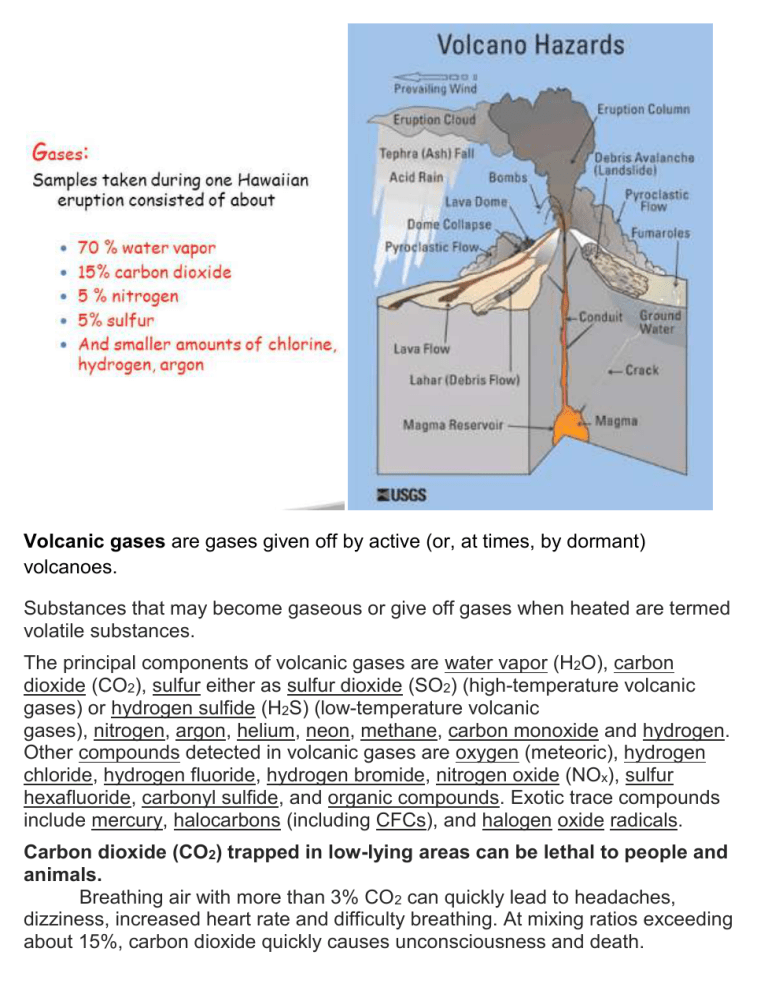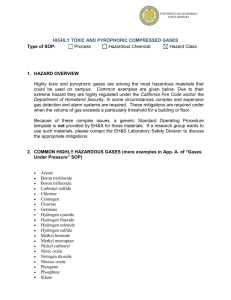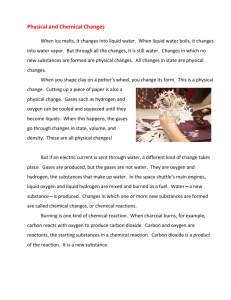Volcanic Gases: Composition, Hazards & Environmental Impact
advertisement

Volcanic gases are gases given off by active (or, at times, by dormant) volcanoes. Substances that may become gaseous or give off gases when heated are termed volatile substances. The principal components of volcanic gases are water vapor (H2O), carbon dioxide (CO2), sulfur either as sulfur dioxide (SO2) (high-temperature volcanic gases) or hydrogen sulfide (H2S) (low-temperature volcanic gases), nitrogen, argon, helium, neon, methane, carbon monoxide and hydrogen. Other compounds detected in volcanic gases are oxygen (meteoric), hydrogen chloride, hydrogen fluoride, hydrogen bromide, nitrogen oxide (NOx), sulfur hexafluoride, carbonyl sulfide, and organic compounds. Exotic trace compounds include mercury, halocarbons (including CFCs), and halogen oxide radicals. Carbon dioxide (CO2) trapped in low-lying areas can be lethal to people and animals. Breathing air with more than 3% CO2 can quickly lead to headaches, dizziness, increased heart rate and difficulty breathing. At mixing ratios exceeding about 15%, carbon dioxide quickly causes unconsciousness and death. Sulfur dioxide (SO2) is irritating to eyes, skin and respiratory system. Sulfur dioxide is a colorless gas with a pungent odor that irritates skin and the tissues and mucous membranes of the eyes, nose, and throat. SO 2 emissions can cause acid rain and air pollution downwind of a volcano—at Kīlauea volcano in Hawaii, high concentrations of sulfur dioxide produce volcanic smog (VOG) causing persistent health problems for downwind populations. Hydrogen sulfide (H2S) is very toxic in high concentrations. Hydrogen sulfide is a colorless, flammable gas with a strong, offensive odor. It is sometimes referred to as sewer gas. H2S becomes odorless and very toxic, causing irritation of the upper respiratory tract and, during long exposure, pulmonary edema. Hydrogen halides (HF, HCl, HBr) are strong, toxic acids. When magma ascends close to the surface, volcanoes can emit the halogens fluorine, chlorine and bromine in the form of hydrogen halides (HF, HCl and HBr). These species are all strong acids and have high solubility; therefore they rapidly dissolve in water droplets within volcanic plumes or the atmosphere where they can potentially cause acid rain. In an ash-producing eruption, ash particles are also often coated with hydrogen halides. Once deposited, these coated ash particles can poison drinking water supplies, agricultural crops, and grazing land. Hazards Volcanic gases were directly responsible for approximately 3% of all volcanorelated deaths of humans between 1900 and 1986. Some volcanic gases kill by acidic corrosion; others kill by asphyxiation. The greenhouse gas, carbon dioxide, which is odorless, is emitted from volcanoes, accounting for nearly 1% of the annual global total. Some volcanic gases including sulfur dioxide, hydrogen chloride, hydrogen sulfide and hydrogen fluoride react with other atmospheric particles to form aerosols. 1




